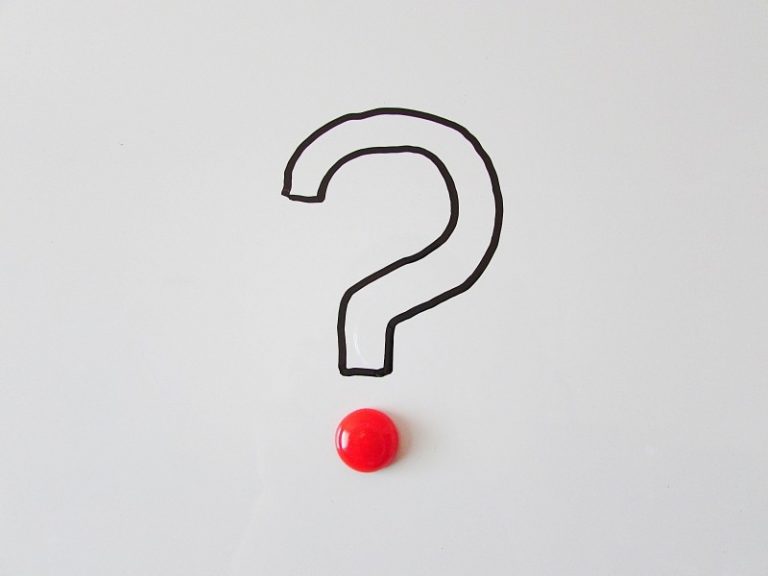
Going to the dentist can feel very intimidating. You may have no idea what the dentist and hygienist are talking about because they use dental and medical terms. They might as well be speaking another language. Here are a few confusing things dentists say and what they mean in simpler terms:
1. Numbers in millimeters. During your dental checkup, your dentist may pull out a millimeter ruler, put it up to your teeth, and start relaying numbers to the hygienist. Your dentist is measuring the space from the pocket of the gum to the nearby tooth to make sure your gums are healthy. Properly cared for gums typically fall between the 1 and 3 mm range. If these numbers are higher, your gums have receded, which is usually a sign of neglect.
2. 1-32. Here’s another number. Your dentist will go through all of your teeth and relay to the hygienist which ones are healthy and list any that aren’t. In the US, dentists use the Universal Numbering System. Your top right molar is No. 1, going around to your top left molar which is No. 16. Your bottom left molar is No. 17, and your bottom right molar is No. 32. When the dentist is looking in your mouth, the numbers go clockwise. Now you’ll know which teeth aren’t healthy before the dentist even tells you.
3. Abrasion. When the dentist is checking your teeth, he might say you have an abrasion. This means that the enamel on your teeth has been worn down from chewing, grinding, a lack of brushing, or a combination of these.
4. Plaque vs. Tartar. These seem to be two words that dentists use a lot, but many people don’t know the difference. Plaque is a colorless (sometimes pale) sticky substance, typically made up of food particles and bacteria, which adheres to your teeth. A lot of plaque can be removed by brushing and flossing regularly and with help from a dentist every six months. Tartar is more permanent and forms when the plaque mineralizes and hardens onto your teeth. This typically leaves yellow (sometimes brown) spots on your teeth.
Understanding what your dentist is talking about can help ease the intimidation factor or fear of going to the dentist. If you are confused, just ask. Most of the time dentists are more than willing to answer your questions. Contact us to make your next appointment.